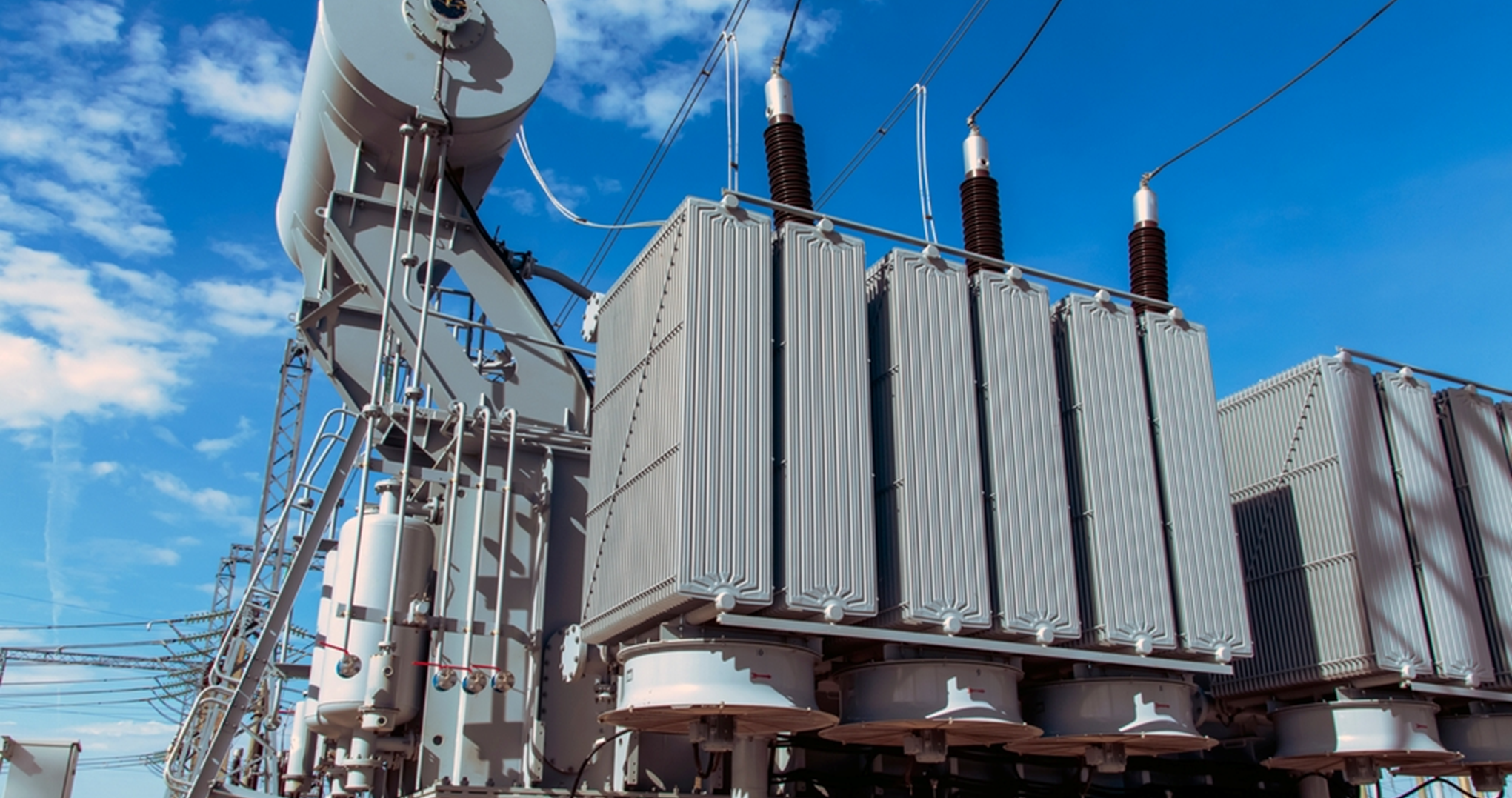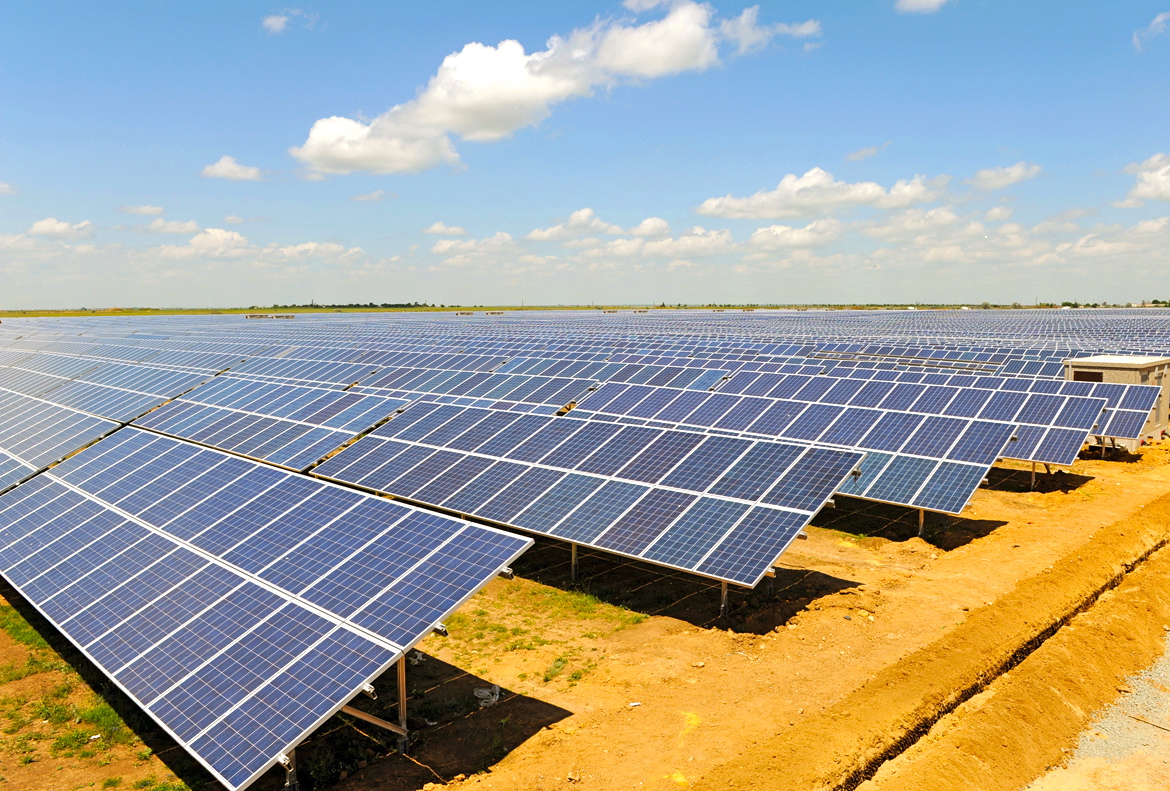Emerson
Automation Market for Data Centers in India and the likely industry challenges shaping up which are quintessential to plan for “Lights Out” Strategy in a prevailing & post era of pandemic COVID 19
India has been a hotspot of developing datacenters across the globe and is likely to add on the data centers massively in coming years, given the demand spurt and rising concerns of cyber security. As the number of datacenters grow the requirement of their automation would follow in-suit which pushed the assessment of market opportunity for a global major as per different tiers & storage requirement, datacenter inventory, vacancy, under construction and planned status etc. in order to clearly understand the gap in demand-supply of automation market in the country for datacenters

Classification of Data Centre–
As Adopted in the Study
KEY DEFINITIONS
DATA CENTER - It is the facility that centralizes an organization’s IT operations and equipment, where it stores, manages and disseminates data. These may physical or virtual repositories of the network’s most critical systems, ensuring the proper uninterrupted functioning of the network.
In considering their functions, as in most more developed economies, data centers in India serve a wide range of sectors & industries from internet, including Government, manufacturing, education, media, e-commerce, energy, transportation & logistics, finance, medical & healthcare and others. Although, each data centre is unique in design, they can be generally be classified based on flowing:
- Location
- Ownership
- Energy Usage
- Availability (%age of Uptime)
CLASSIFICATION OF DC IN INDIA
BY LOCATION - DC is classified as to where they are located, either as internet-facing (cloud-based) or captive (in-house data centers).
- Internet–Facing (Cloud Based) – These types of DCs support relatively few applications and are typically browser-based and have many users unknown. These facilities usually operate on one or more industrial-scale applications for millions of hundreds of users.
- Enterprise Dedicated or Captive DCs – These types of DCs
service fewer users but host more applications that vary from
off-the-shelf to custom. Captive data centers include secure
processing facilities for banks and high-performance computing
centers for research and Development.
BY OWNERSHIP
DC are classified as per their ownership as well as Government
Managed or State-Owned Enterprise (SOE) Managed or Privately
Managed
- Government Managed or SOE Managed – These are the
datacenters managed by either Government or State-Owned
Enterprise (SOE). These data centers are almost located in-
house or largely self-managed or managed by a contractor
company on behalf of the agency. - Privately Rented or Colocation DCs –These DCs allow
companies to rent data center operations for their cloud-based
applications from facilities owned and managed by others.
Typically, the colocation provider offers secure space, power
for equipment, an internet protocol address, and a connection
to the network, which leads to the internet. The company is
responsible for providing hardware and software, installation,
and upkeep. Colocation data centers can offer flexible solutions
as companies grow and adapt to changing needs. By renting its
data center, a company may also increase its efficiency.
BY ENERGY UTILIZATION
DC is also classified as per energy use. The range of use varies from a few kW (kilowatts) to tens of thousands of kW. We have categorized this as per our intense primary research of existing data centers in India and are indicated as below:
- Small DCs– These are either in-house server rooms/cupboards from 10 kW to 150 kW.
- Medium DCs – These DCs have energy use exceeding 150 kW to 750 kW
- Enterprise DCs – These data centers have energy use in excess of 750 kW to 2,500 kW
- Mega DCs– These data centers have energy use in excess of 2,500 kW and are larger.
BY AVAILABILITY
The availability is based upon a rating designed by Uptime
Institute Tier rating, which is used to classify data centers
the basis on standards for minimum uptime and maximum uptime.
The classification is detailed as well:
- Tier I – These are one’s having 99.671% minimum uptime
& 1729 minutes of maximum downtime with basic site infrastructure (non-redundant) - Tier II –These DCs have 99.741% minimum uptime and
1361 maximum annual downtime with redundant site infrastructure with reductant capacity components - Tier III –These data centers have 99.982% minimum uptime data centers, 95 minutes of maximum annual downtime, and concurrently maintainable site infrastructure
- Tier IV –These data centers have 99.995% minimum uptime, 26 minutes of maximum annual downtime with fault-tolerant site infrastructure





Do you want to seek Eninrac assistance in helping you resolve some critical business issues? Engage with us and reach out to our experts by using the Request for Proposal (RFP) form.
BEST VISION IS INSIGHT
Combine market knowledge and your skill to contribute value for end consumers

Transformer Sales Surge: ₹75,000 Crore Opportunity Ahead

Solar Parks Development Status in India

EU Solar Market 2024: Utility- Scale Resilience Amidst A Slumping Rooftop
Get started with
EI Market personalised demo
Complete the form to get in touch with our sales team to see our Visionboard platform in action. We'll show you how you can use eninrac to build a culture of action of consistently hunting down and eliminating poor market research expriences across your companies line of business


